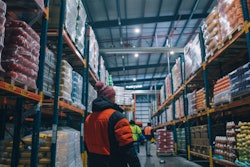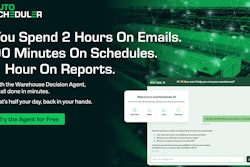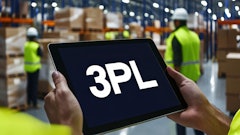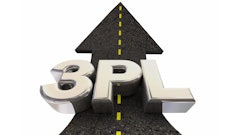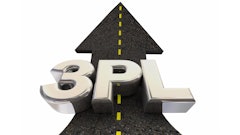
In today’s fast-paced, globalized economy, businesses grappling with complex supply chains are increasingly turning to third-party logistics providers (3PLs) to optimize material handling and drive efficiency. These partnerships go far beyond the dock, offering a comprehensive, strategic approach, that delivers significant benefits in cost reduction, expanded carrier networks, 24/7 visibility and risk mitigation.
Cost savings through smarter shipping
One of the most immediate and tangible benefits of working with a 3PL is cost savings. 3PLs have the tools and expertise to streamline transportation through route planning and mode consolidation. This means they can combine multiple shipments into one load or select the most cost-effective and efficient transportation modes based on the shipper’s needs. The result? Lower transportation costs and faster delivery times.
Moreover, 3PLs provide flexibility to match a shipper’s fluctuating demands. During peak seasons or promotional surges, 3PLs can scale up operations; during slow periods, they help avoid excess spending. Additionally, experienced 3PLs proactively manage freight movements to avoid unnecessary costs like detention at loading docks or demurrage charges at congested ports.
Companies that manage material handling independently often encounter significant challenges when attempting to organize their shipments. Without access to a broad network of reliable carriers, shippers may encounter high freight costs, inefficient routing, limited flexibility and minimal negotiation power.
Leveraging carrier networks for greater flexibility
By thoroughly understanding a shipper’s business model and logistics requirements, a 3PL can identify the best-fit carrier for each shipment—balancing cost, reliability and speed.
Robust carrier networks offer several distinct advantages, including:
- A diversified base of pre-qualified carriers, reducing dependency on any single provider
- Well-defined go-to-market strategies to improve speed and responsiveness
- Cross-docking capabilities to enable more efficient final-mile delivery
- Strategic warehouse placement to reduce transit times and optimize inventory flow
- Real-time shipment tracking across all transportation modes
These advantages not only improve delivery performance but also help companies respond nimbly to market shifts, supply chain disruptions and customer expectations.
Visibility: The engine of supply chain precision
A 3PL’s advanced technology provides real-time tracking and visibility on shipment status 24/7. Using GPS tracking and electronic logging devices, shippers can know exactly when raw materials will arrive to adjust production schedules and minimize disruptions.
What sets leading 3PLs apart is their ability to integrate with a client’s broader supply chain. This includes detailed planning at the purchase order (PO) line-item level, which gives shippers granular control over inventory and fulfillment timelines. By analyzing the entire flow of goods—from suppliers to end customers—3PLs provide a unified view of how transportation interacts with every other operational touchpoint.
Without that visibility, shippers risk costly delays, order inaccuracies and inefficient workflows—issues that can ripple through the entire supply chain and erode customer satisfaction.
Risk mitigation: Anticipate, adapt, and overcome
Risk is an unavoidable part of logistics, but 3PLs help minimize exposure and keep freight moving safely and compliantly. There are three core risk areas where 3PLs offer valuable mitigation strategies:
- Regulatory compliance: From the latest National Motor Freight Classification (NMFC) updates to hazardous material handling requirements, staying compliant demands specialized knowledge. 3PLs stay on top of these ever-evolving regulations so shippers don’t have to.
- Cargo security: 3PLs help safeguard shipments through comprehensive insurance policies, tamper-resistant packaging practices and modern cybersecurity protocols.
- Inventory shortages and supply chain disruptions: Whether caused by global crises, port slowdowns, or natural disasters, delays can severely impact business. 3PLs take a proactive, data-driven approach to contingency planning—evaluating upstream and downstream effects to minimize disruption and identify alternative routes or suppliers when necessary.
What’s next
As the logistics landscape continues to evolve, two topics are reshaping how 3PLs operate: sustainability and artificial intelligence.
· Sustainability: 3PLs help support sustainability goals by offering carbon tracking tools, eco-friendly route planning and shared transportation models that maximize load efficiency.
· Artificial Intelligence: AI-powered predictive analytics can forecast demand, optimize trailer loading configurations and chart the most efficient delivery routes.
In an increasingly complex and interconnected world, the role of the 3PL has evolved far beyond simple freight brokering. Today’s 3PLs are strategic partners that provide the technology, expertise and infrastructure to streamline material movement from start to finish.





